Irrigation Cost Guide: Plan, Save, and Keep Your Garden Thriving
If you’re watching the water bill rise, you’re not alone. Most Indian gardeners spend more on irrigation than on seeds, fertilizers, or tools. Understanding where the money goes is the first step to lowering that number.
What Determines Your Irrigation Bill?
First, look at the type of system you use. Surface sprinklers waste a lot of water as droplets fall on paths, while drip lines deliver water directly to the root zone. A drip line costs more upfront, but it can cut water use by 30‑50 % compared with sprinklers.
Second, consider the layout of your garden. Long rows, uneven terrain, and mixed‑soil zones need more piping or emitters, which adds material cost. Planning a compact layout or grouping plants with similar water needs reduces both material and operating costs.
Third, pay attention to water pressure and flow rate. High pressure forces water through tiny drip emitters, causing clogs and forcing you to replace parts more often. Using a pressure regulator saves money on maintenance and keeps water flowing evenly.
Finally, think about the burial depth of drip lines. Burying them too shallow exposes them to sunlight, which degrades tubing faster. Too deep and you need longer runs, raising material costs. In most Indian soils, a depth of 4‑6 cm balances protection and cost.
Smart Ways to Reduce Irrigation Expenses
Start with a soil test. Knowing whether your soil is sandy, loamy, or clay tells you how often to water. Sandy soil drains quickly, so frequent light watering is needed; loamy soil holds moisture longer, letting you water less often. Adjusting frequency based on soil type can shave 10‑15 % off your water usage.
Switch to drip tape or drip line where possible. Drip tape lays flat on the surface and is cheaper than thick drip tubing, while still delivering water right where roots are. For vegetable patches, a simple single‑line layout works well and keeps costs low.
Install a timer. A programmable timer ensures you water at the coolest part of the day—usually early morning or late evening—when evaporation is minimal. Timers also eliminate the guesswork, so you never over‑water.Harvest rainwater. A basic rooftop collection system with a storage tank can supply a good portion of your watering needs during monsoon months. Even a 500‑litre tank can cover a small balcony garden for weeks.
Combine mulching with drip irrigation. A layer of straw, dry leaves, or coconut coir cuts evaporation by up to 40 %. Mulch also suppresses weeds, meaning you spend less on herbicides and manual weeding.
Finally, review your water tariff annually. Some state utilities offer lower rates for off‑peak usage or for customers who install water‑saving devices. Switching to an off‑peak plan while using a timer can lower the bill without changing your garden setup.
By checking these factors—system type, garden layout, pressure, burial depth, soil texture, and tariff—you can pinpoint the biggest cost drivers and address them one by one. The result is a garden that stays green and a wallet that stays fuller.
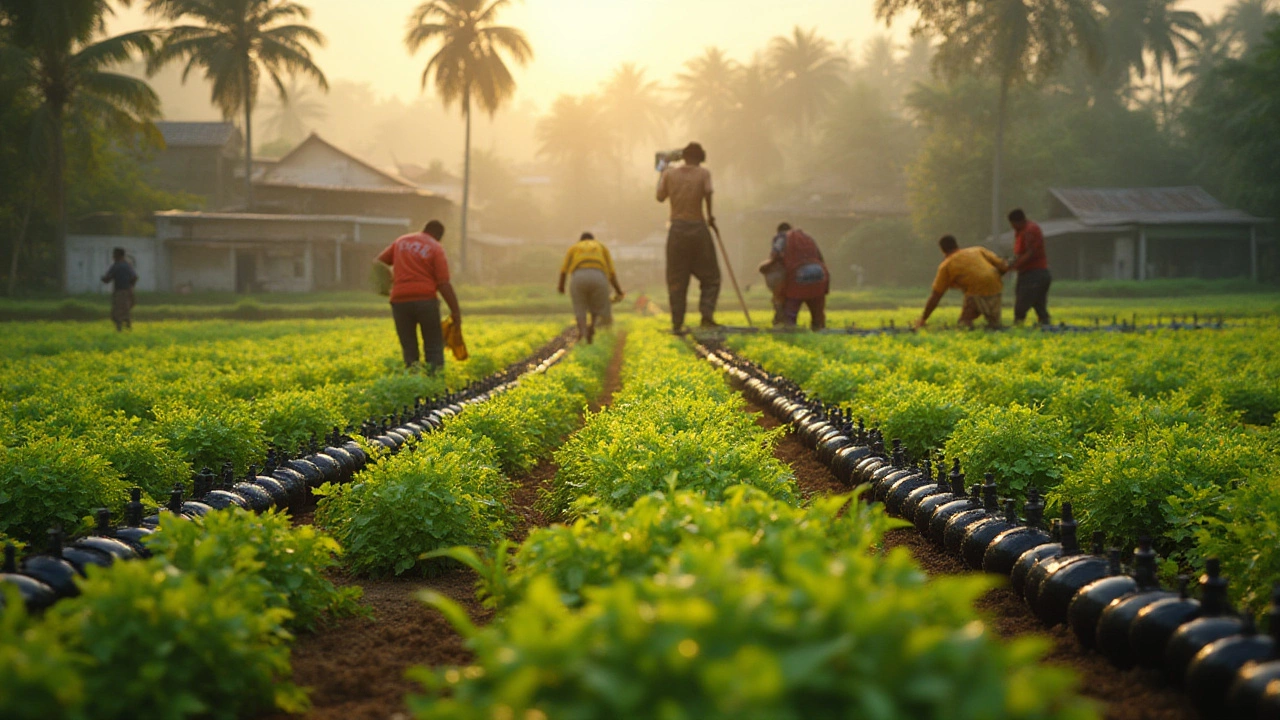
Why Is Drip Irrigation So Expensive? Breaking Down the Real Costs and Saving Tips
Drip irrigation saves water but often comes with a hefty price tag. Explore what makes drip systems costly and learn actual ways to cut expenses without losing efficiency.
About
Drip Irrigation
Latest Posts
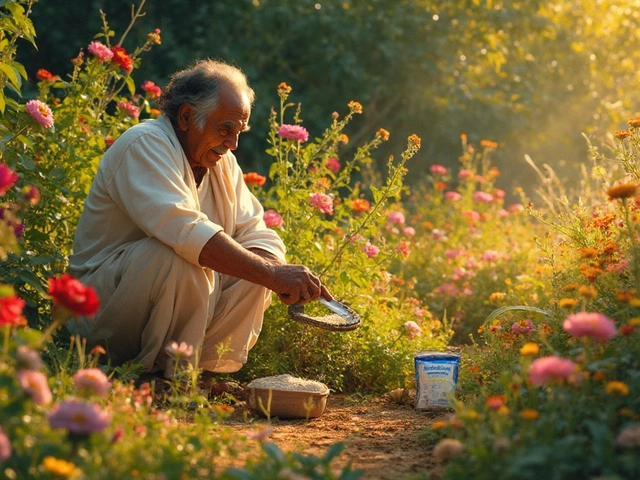
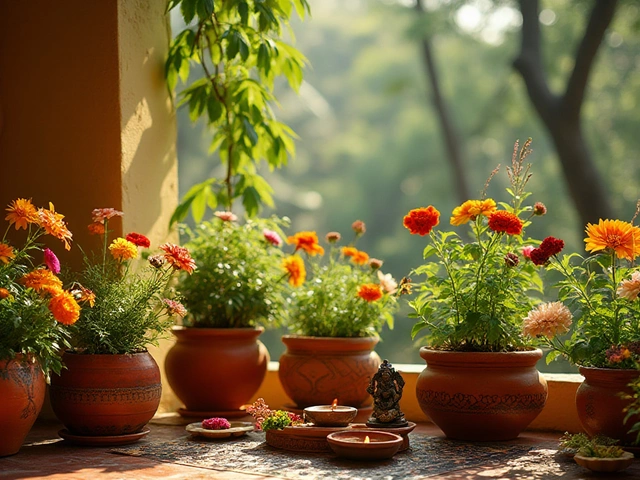
Mastering the Art of Container Gardening: Essential Tips for Thriving Terrace Gardens
By Alden Thorne Feb 4, 2025
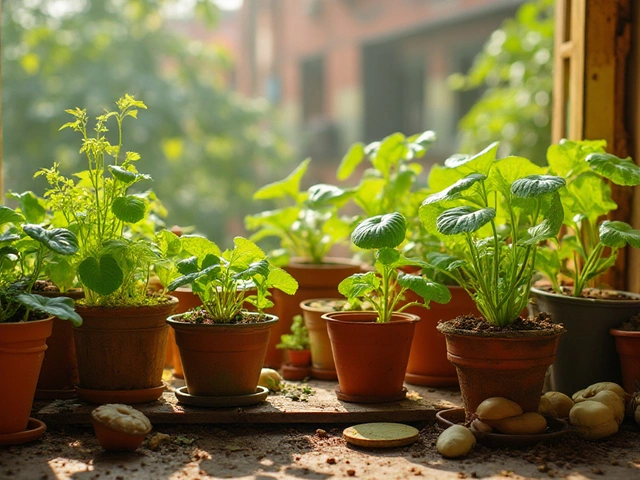
Planting Vegetables: Choosing Between Pots and Ground for Optimal Growth
By Alden Thorne Dec 5, 2024
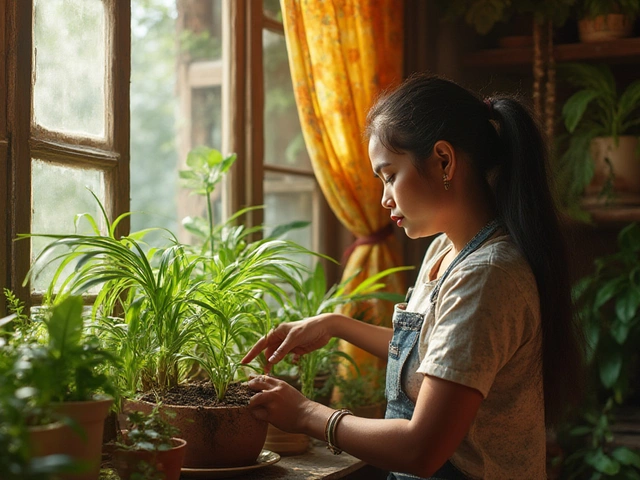
How to Stop Houseplants From Dying: Proven Tips for Thriving Indoor Plants
By Alden Thorne Jul 3, 2025
